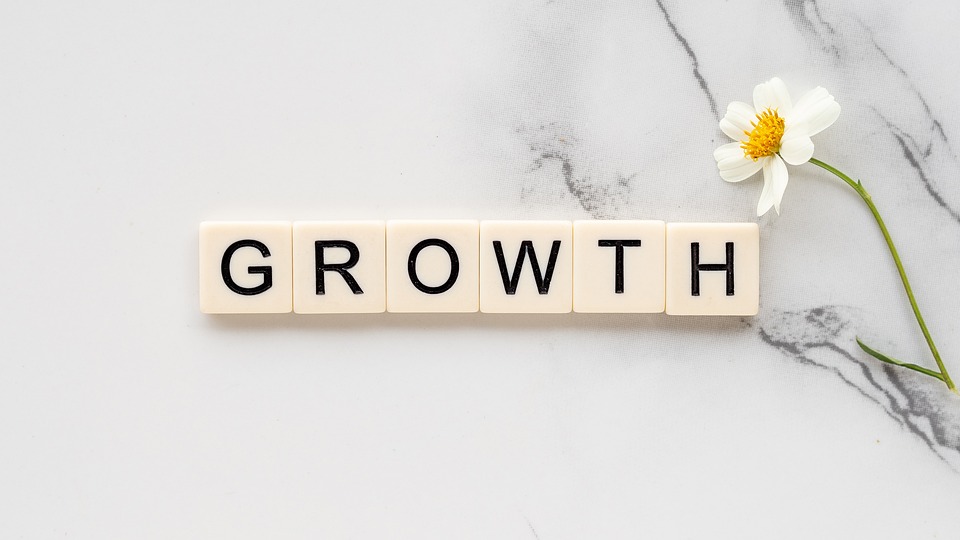In today’s digital landscape, user experience is more critical than ever. As the web evolves, so do the expectations of users. They crave interfaces that not only perform their intended function seamlessly but also create an engaging experience that resonates emotionally. This is where Motion UI comes into play.
Understanding Motion UI
Motion UI refers to the use of animations and transitions in web design to create an engaging and interactive experience. These animations enhance the way users interact with websites and applications, guiding them through their journey while providing visual feedback. The goal is to enhance usability without overwhelming the user, creating a balance that draws them in.
Why Use Animations and Transitions?
-
Guiding User Attention:
Animations can effectively guide a user’s attention to important elements on a page. For example, a subtle bounce effect on a call-to-action button can draw attention, encouraging users to click. Transitions can also indicate loading states or changes within the application, helping to manage user expectations. -
Creating Visual Hierarchy:
Motion helps establish a clear visual hierarchy, making it easier for users to understand the structure of the information presented. When elements fade in or out smoothly, it adds to the intuitive flow of content consumption, making it more digestible. -
Providing Feedback:
Users appreciate receiving feedback when interacting with a UI. Animations can fulfill this need, such as buttons changing shape or color when hovered over or pressed. This immediate response reassures users that their actions have been recognized, significantly improving the overall experience. - Adding Personality and Brand Identity:
Well-crafted animations can convey a brand’s personality and values. A playful animation style may resonate with a younger audience, while a sophisticated, subtle approach may align with a luxury brand. This consistency contributes to a cohesive brand identity that users can connect with.
Frameworks for Creating Motion UI
To implement Motion UI effectively, several frameworks can simplify the development process. Two standout options are Motion UI and GreenSock Animation Platform (GSAP).
Motion UI
Developed by ZURB, Motion UI is a Sass library that enables developers to create smooth transitions and animations easily. It is particularly useful for mobile-first design, as it allows for quick and responsive animations that don’t compromise performance. Here are some features:
- Pre-built Animations: Motion UI provides a variety of pre-defined animations, which means you can quickly implement smooth transitions without starting from scratch.
- Responsive Design: Its features are built with responsiveness in mind, making it easy to apply animations that work well on various devices and screen sizes.
- Easy Integration: Motion UI can be integrated seamlessly with popular front-end frameworks like React and Angular, giving you the flexibility to enhance your applications without heavy lifting.
GreenSock Animation Platform (GSAP)
GSAP is another powerful library widely used for creating high-performance animations. It’s especially popular with developers looking to build complex sequences and timelines with precision. Key features include:
- Performance: GSAP is known for its optimized performance, allowing for smooth animations that can handle a high number of DOM elements without lag, even in complex projects.
- Ease of Use: Despite its advanced capabilities, GSAP is user-friendly and allows developers to create intricate animations with simple syntax.
- Cross-Browser Compatibility: GSAP ensures that animations perform consistently across all browsers, reducing the headaches associated with inconsistent behavior.
Conclusion
As motion UI development continues to evolve, it becomes increasingly clear that animations and transitions play a pivotal role in enhancing user engagement. By using libraries like Motion UI and GSAP, developers have the tools they need to create interactive experiences that not only capture users’ attention but also guide them through their journey on a website or application effectively.
Incorporating thoughtfully designed motion elements can elevate your project from just functional to truly engaging. So, the next time you’re working on a UI design, consider how animations and transitions can improve the overall experience for your users. After all, in a world inundated with information, it’s the details that often make the most significant impact. Happy animating!



